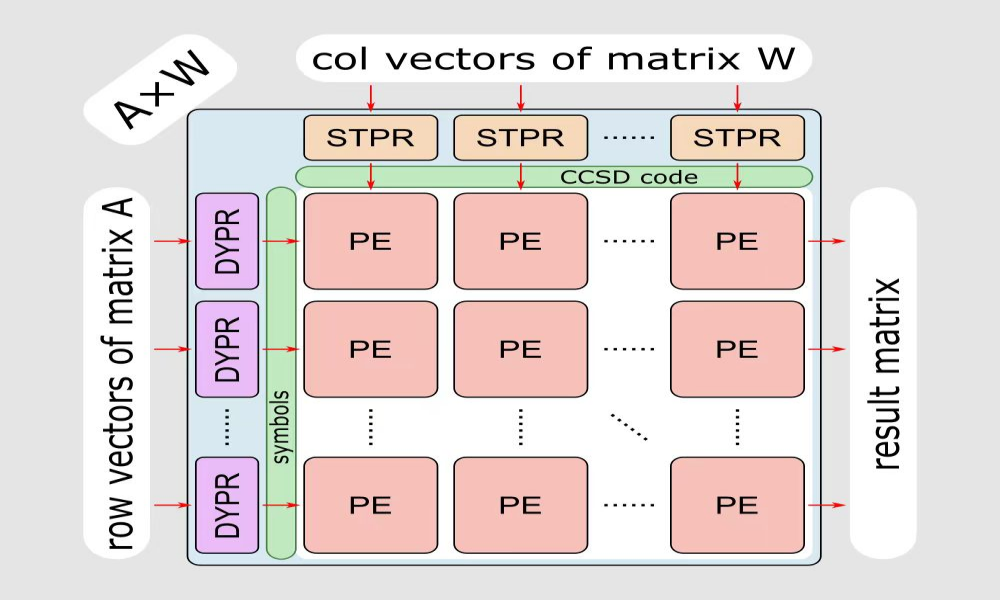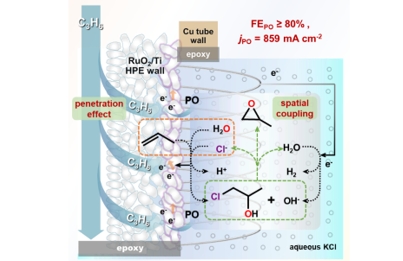Research Progress

Researchers Unveiled Key Role of Bridge Adsorbed Hydrogen in Efficient Acidic Hydrogen Production
A research team at Shanghai Advanced Research Institute (SARI) of the Chinese Academy of Sciences designed a face-centered cubic-Ru nanocrystal modified with Pt atomic chains and unveiled the important role of *Hbridge intermediates adsorbed on Pt-Ru atomic pairs in determining the intrinsic activity of HER.

Researchers Propose Bit-Cigma: A Zero-Error, Sparsity-Aware Matrix Multiplication Accelerator for AI
A research group from Shanghai Advanced Research Institute of Chinese Academy of Sciences has unveiled Bit-Cigma, a revolutionary generic matric multiplication accelerator hardware architecture that optimizes bit-sparsity, ensures zero-error accuracy, and remodels floating-point computations. The results were published in Feb 2025 in IEEE Transactions on Computers.

Researchers Developed a Novel Ni Hollow Fiber Electrode for High-efficiency CO2 Electroreduction
In a study published in The Innovation, a research team from Shanghai Advanced Research Institute of the Chinese Academy of Sciences constructed a hierarchical SnO2(101)@Ni composite hollow-fiber penetration electrode (HPE), which helped to realize high-efficiency CO2 electroreduction to formate in neutral electrolyte at ampere-level.

Researchers Propose Multifunctional Buffer Layer Engineering for Efficient and Stable Wide-Bandgap Perovskite
In a study published in Angewandte Chemie, a research team from Shanghai Advanced Research Institute (SARI) of the Chinese Academy of Sciences, collaborated with City University of Hong Kong reported a facile and effective strategy for precisely modulating the perovskite by incorporating AlOx deposited by atomic layer deposition (ALD) on the top interface.

Researchers Developed a Spatial-coupling Strategy to Facilitate Efficient Propylene Oxide Production
A research team led by Profs. CHEN Wei and WEI Wei from the Shanghai Advanced Research Institute (SARI) of the Chinese Academy of Sciences reported a spatial-coupling strategy over RuO2/Ti hollow-fiber penetration electrode (HPE) to facilitate efficient PO production, significantly improving PER performance to ampere level. The results were published in Angew. Chem. Int. Ed. on Aug 7th, 2024.





